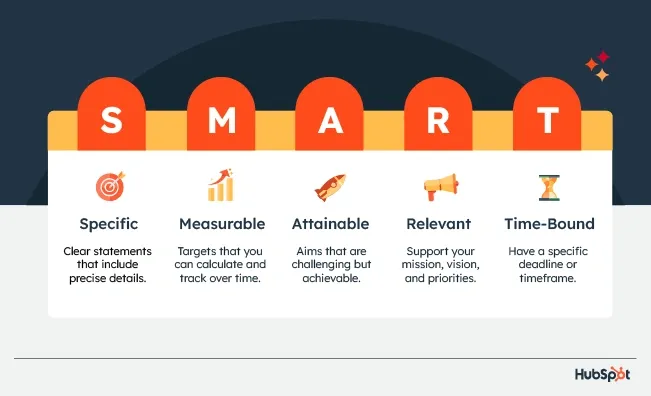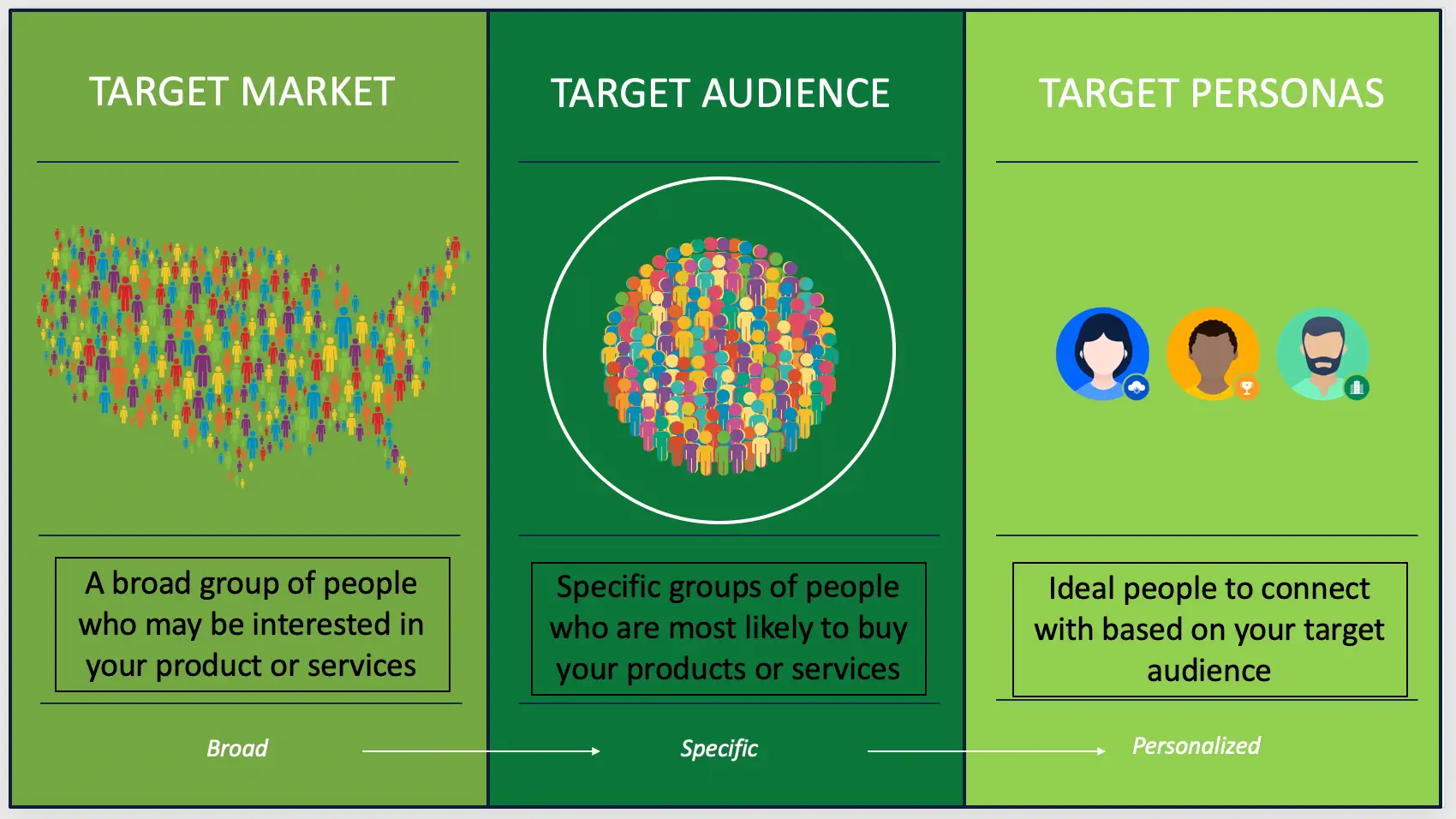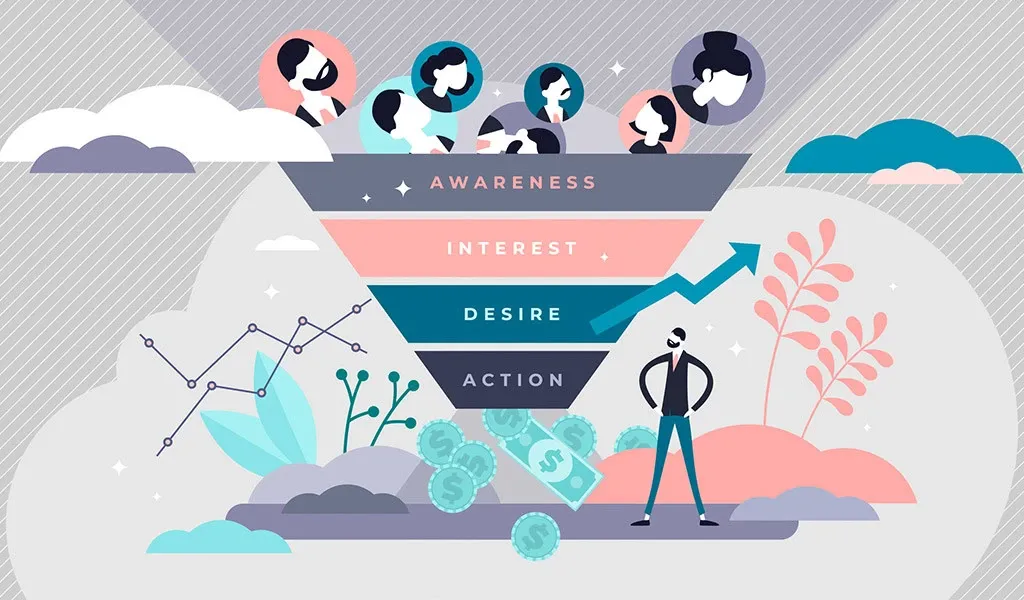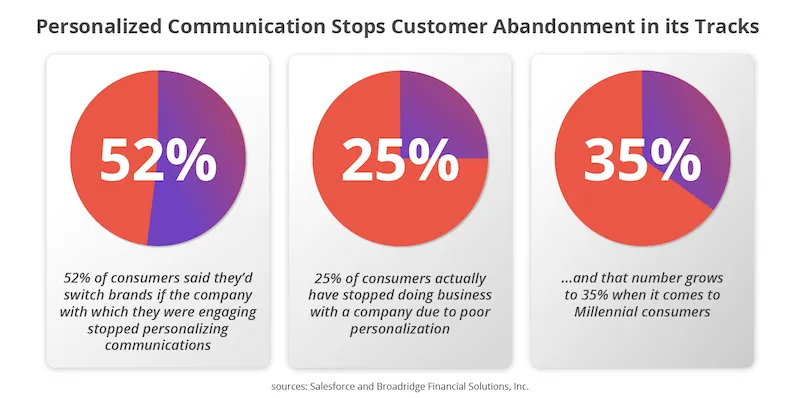Introduction
Marketing automation has become essential for orchestrating personalized, scalable campaigns across channels. Research shows companies using automation enjoy conversion rates 6X higher on average.
Yet many brands fail to realize their full potential, with 30% of platforms providing minimal value two years after implementation according to SmarterHQ.
Testing and optimization also lag. According to Ascend2, only 15% of marketers are very effective at personalizing messaging through automation.
The key barriers to automation for marketing are lack of insights, inadequate tools, and reliance on manual processes.
This guide will walk through the most common automation mistakes that sabotage ROI along with solutions to optimize your tech stack. However, extracting maximum value requires avoiding these traps through strategy and governance.
Continue reading to learn the common mistakes to avoid in marketing automation.
Mistake 1: Failing to Identify Clear Goals and Objectives
One of the primary reasons why setting clear marketing automation goals is crucial for success is because it provides direction and purpose to your efforts. Without well-defined goals, you are essentially navigating in the dark. Clear goals act as a roadmap, guiding you toward achieving your marketing objectives.

Consequences of Vague or Ambiguous Goals
Vague or ambiguous goals can lead to several negative consequences, like:
Without clearly defined goals, it becomes challenging to assess the effectiveness of your marketing campaigns. This can result in wasted resources and missed opportunities for improvement.
Unclear goals can lead to confusion among your marketing team, making it difficult to align efforts and measure success.
Vague goals can dilute your messaging and prevent you from effectively communicating with your target audience.
Tips for Setting SMART Goals
To avoid the negative consequences of vague goals, it is essential to set specific, measurable, attainable, relevant, and time-bound (SMART) goals.
Define your goals with precision, outlining the desired outcome and any specific metrics you will measure.
Quantify your goals, making them trackable and allowing you to evaluate progress.
Set realistic goals that challenge your team but are still within reach.
Ensure your goals align with your overall marketing strategy and contribute to your larger objectives.
Set a clear timeline for reaching your goals, creating a sense of urgency and accountability.
Mistake 2: Neglecting Target Audience Segmentation
Audience segmentation is a critical component of marketing automation. By dividing your target audience into distinct segments based on characteristics such as demographics, behaviors, or interests, you can tailor your marketing messages to resonate with each segment. This personalization builds stronger connections and drives engagement, ultimately leading to higher conversion rates.

Repercussions of Not Properly Segmenting Your Target Audience
Neglecting audience segmentation can have detrimental effects on your marketing automation efforts. Firstly, without segmentation, your communications may lack relevance, resulting in disengagement and a decrease in response rates.
In addition, not segmenting can lead to missed opportunities to deliver targeted content that speaks directly to your audience's needs and preferences. This can hinder your ability to nurture leads effectively and convert them into customers.
Strategies for Effective Audience Segmentation
To avoid these repercussions, consider implementing the following strategies for effective audience segmentation:
Collect Relevant Data
Gather data from various sources, such as website analytics, social media insights, and customer feedback, to gain a comprehensive understanding of your target audience.
Identify Key Segmentation Categories
Analyze the collected data to determine the most relevant categories for segmentation. This could include demographic information, interests, or buying behaviors.
Automate Segmentation
Take advantage of marketing automation platforms that enable you to segment your audience based on predefined criteria. This will streamline the process and ensure accurate targeting.
Mistake 3: Overcomplicating Workflows and User Journeys
Creating overly complex workflows is a common mistake that many marketers fall into while implementing automation for marketing.
While it may seem logical to include every possible scenario, overcomplicating your workflows can lead to confusion and inefficiency. These convoluted workflows can result in longer lead nurturing cycles, increased chances of errors, and poor user experience.

The Importance of Simplicity and Clarity in Workflows
Simplicity and clarity should be the guiding principles when designing workflows and user journeys. A streamlined approach ensures that your automation processes are efficient, easy to manage, and provide a seamless user experience.
Simple workflows also minimize the chances of errors and make troubleshooting easier, saving time and resources.
Tips for Streamlining Workflows and Creating Effective User Journeys
Here are the tips:
Start by visualizing the steps your leads will go through, from awareness to conversion. This will help you identify the key touchpoints and interactions that need to be included in your workflows.
Instead of trying to account for every possible scenario, concentrate on the core actions that will move leads through the funnel. Simplify the workflow by eliminating unnecessary steps or branches, ensuring a clear and intuitive path for your audience.
Look for opportunities to automate repetitive tasks and actions. This can save time and minimize human error. For example, use automation to send welcome emails, schedule follow-ups, or trigger actions based on specific user behaviors.
Regularly review and test your workflows to identify any bottlenecks or areas of improvement. Monitor metrics such as open rates, click-through rates, and conversion rates to optimize your user journeys and ensure they are effective.
Suggested Reading:
Mistake 4: Lack of Personalization in Communication
In today’s digital age, consumers expect personalized experiences. Lack of personalization in communication can make your marketing efforts feel generic and impersonal. Personalization is key to building relationships, increasing engagement, and driving conversions.

The Negative Impact of Generic and Impersonal Communication
Sending generic messages without any personalization can lead to disengagement, lower response rates, and a diminished customer experience. It can also hinder your ability to establish trust and build meaningful connections with your audience.
Generic communication may cause leads to feel like just another number in your database. And it will result in missed opportunities to convert them into loyal customers.
On the other hand, offering personalized responses to a thousand people is too hard for a human agent. While you can automate responses using a chatbot, but there are times when they just sound too robotic.
And that is where NLP-powered chatbot comes into play. With their advanced AI capabilities, they can respond like humans. And, As they are not rule-based, you can just conversate with them like you do with a friend on a messaging platform.
One such platform that provides NLP-powered chatbots is BotPenguin. And you don't need to be a tech freak to develop NLP-powered chatbots. BotPenguin offers no-code chatbot development for platforms like:

Actionable Tips for Personalizing Content and Communication
Below are some of the actionable tips:
Segment Your Audience
Divide your audience into groups based on demographics, behavior, or preferences. This segmentation allows you to deliver targeted content that resonates with each segment. Leverage the data collected from your marketing automation platform to create personalized messages.
Use Dynamic Content
Utilize dynamic content features to tailor your communications based on the recipient's characteristics or behavior. This could include personalized product recommendations, location-specific offers, or personalized subject lines.
Incorporate Personalization Tokens
Use personalization tokens in your emails and other communication channels to automatically insert the recipient's name or other relevant details. This small touch can make a significant impact on engagement and create a more personalized experience.
Leverage Behavioral Triggers
Set up automation triggers based on user behavior, such as website visits, email clicks, or form completions. This allows you to deliver timely and relevant messages that align with their interests and actions.
Suggested Reading:
Mistake 5: Not Monitoring and Analyzing Results
Monitoring and analyzing the results of your marketing automation campaigns is crucial for success. It provides valuable insights into the performance of your efforts, allowing you to make data-driven decisions, refine your strategies, and continuously improve your outcomes.
Without thorough monitoring and analysis, you are essentially operating blindfolded, missing out on opportunities for growth and optimization.
The Consequences of Not Tracking and Analyzing Data
Failing to track and analyze data can have detrimental effects on your marketing automation initiatives. You risk falling into a cycle of repeating ineffective tactics, wasting valuable resources on campaigns with limited impact. Thereby, missing out on opportunities to enhance your customer experience and drive conversions.
Suggestions for Tools and Techniques to Measure and Analyze Results
Given below are some suggestions for tools and techniques to measure and analyse results:
Utilize Marketing Automation Platforms
Leverage the analytics and reporting features of your marketing automation platform. These tools can provide valuable insights into key metrics such as open rates, click-through rates, conversion rates, and customer engagement.
Implement Conversion Tracking
Set up conversion tracking to understand the impact of your campaigns on key actions, such as form submissions or purchases. This allows you to measure the effectiveness of your automation efforts and optimize them for better results.
Use A/B Testing
A/B testing involves comparing two variations of a campaign element to determine which performs better. Experiment with different subject lines, call-to-action buttons, or email layouts to identify what resonates most with your audience. This iterative approach can help you refine your strategies and maximize your drip campaign's effectiveness.
Leverage Google Analytics
Integrate Google Analytics with your marketing automation platform to gain a more comprehensive view of your drip campaigns. Google Analytics enables you to track website traffic, user behavior, and conversion funnels, providing insights into how your marketing automation efforts contribute to your overall business goals.
Mistake 6: Failure to Adapt and Iterate
Marketing automation cannot be a set-it-and-forget-it approach. To achieve sustainable success, you must embrace the necessity of continuous adaptation and iteration.
The market landscape, consumer behavior, and industry trends are constantly evolving, requiring marketers to be agile and responsive.
The Risks of Staying Stagnant and Not Evolving Strategies
Failing to adapt and iterate your marketing automation strategies can lead to stagnation and missed opportunities.
Your competitors may surpass you by implementing more relevant and engaging tactics. Meanwhile, your audience may lose interest due to repetitive and outdated communications.
Adapting and evolving ensures that your campaigns remain fresh, and targeted, and deliver the desired results.
Tips for Staying Flexible and Responsive to Changes in the Market
Here are the tips for staying flexible and responsive to changes in the market:
Continuously monitor industry trends, consumer preferences, and emerging technologies. Leverage resources such as industry blogs, forums, and webinars to stay up-to-date. This knowledge will enable you to identify shifts in the market and plan for necessary changes in your marketing automation strategies.
Actively seek feedback from your customers through surveys, polls, reviews, or social media interactions. This will help you understand their evolving needs, preferences, and pain points. Incorporate this feedback into your marketing automation strategies to stay aligned with your target audience.
Set aside time for regular review and optimization of your automation campaigns. Continual optimization ensures that your campaigns stay fresh and effective.
Don't be afraid to try new tactics and channels within your marketing automation campaigns. Test the waters with emerging platforms, influencer collaborations, or interactive content to discover what resonates with your audience.
Conclusion
Marketers, it's time to step up your automation game! Avoid falling into common traps like set-it-and-forget-it drips, irrelevant blasts, and contact fatigue.
Examine what's working and what's not. Testing and optimizing your approach is key for better results.
Look for new automation capabilities too - like BotPenguin's ML-powered personalization and two-way messaging. The platform takes the campaigns to the next level with chatbot conversations and hyper-targeting.
There is insane engagement and ROI now compared to basic email drips. Conversational automation is the future. Don't settle for decent results. With BotPenguin, transform how you connect with customers in a human way at scale.
Stay ahead of the curve and level up your automation with BotPenguin. You'll be amazed at the impact!
Suggested Reading:
Frequently Asked Questions (FAQs)
What are the consequences of over-automating marketing processes?
Over-automating marketing processes can lead to impersonal communication, reduced customer engagement, and an increased likelihood of errors, diminishing the overall effectiveness of marketing campaigns and potentially alienating customers.
How can improper data management impact marketing automation strategies?
Improper data management can lead to inaccurate customer segmentation, irrelevant messaging, and ineffective personalization, compromising the success of marketing automation strategies and hindering customer engagement and conversion rates.
What are the common mistakes in setting up automated email campaigns?
Common mistakes in setting up automated email campaigns include poor segmentation, generic content, inconsistent messaging, and lack of personalization. This leads to low open and click-through rates and reduced customer engagement and retention.
What are the risks of relying solely on automated responses without human intervention?
Relying solely on automation for marketing without human intervention can lead to robotic interactions, missed opportunities for personalized communication, and a lack of genuine engagement, potentially alienating customers and hindering the establishment of strong customer relationships.



